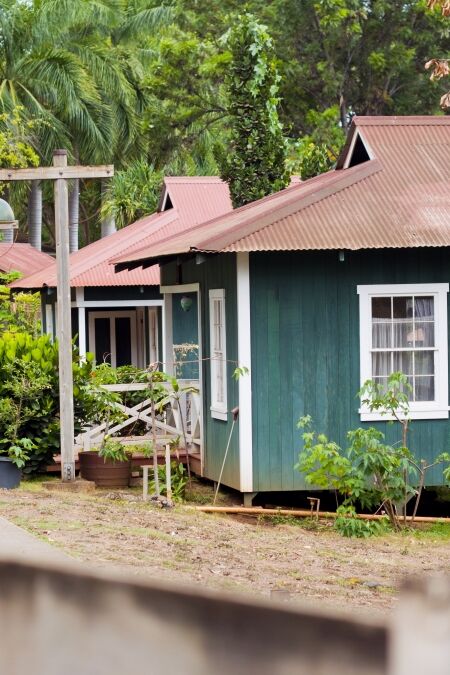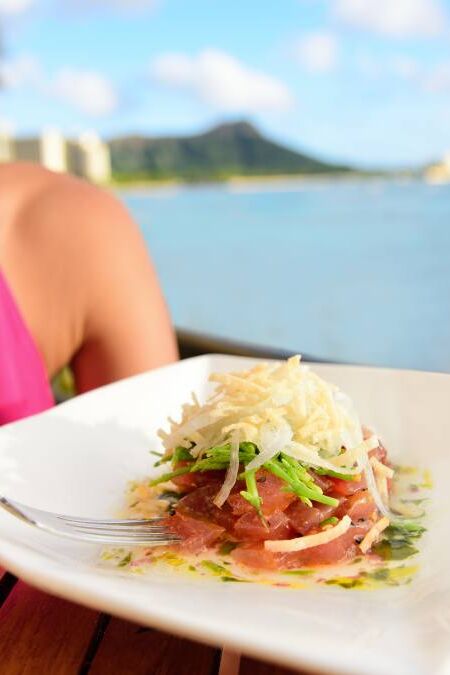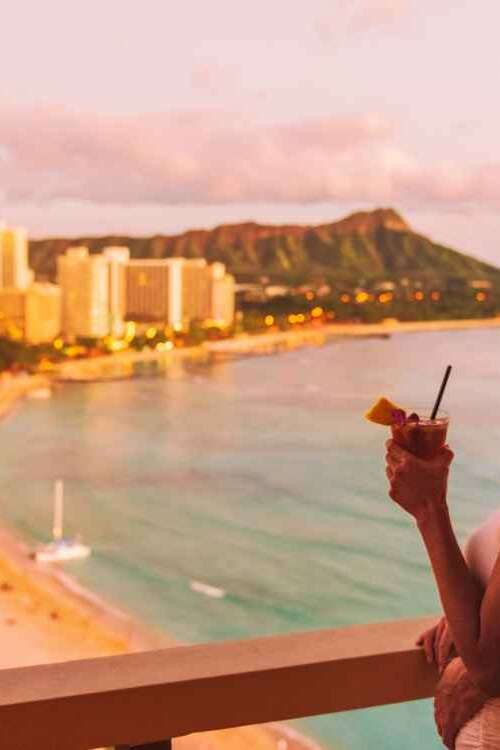Located on the southeastern coast of Oahu, Hawaii, the China Walls is an impressive natural formation attracting adventure seekers from across the world. Its unique flat-topped volcanic rock formations, which resemble a wall, extend into the sea, creating a natural stage for daring divers and surfers. The site is famous for its breathtaking sunsets and crystal-clear waters, making it a must-visit for anyone seeking a blend of thrill and tranquility. This article aims to inspire and inform, ensuring that your exploration of China Walls is as enriching as the destination itself.
Highlights
- Enjoy breathtaking panoramic views of the Pacific Ocean from the rugged cliffs of China Walls.
- Adventure seekers can experience the adrenaline rush of cliff-jumping into the crystal-clear waters below.
- Known for its consistent waves, China Walls is a hotspot for surfers seeking an exhilarating ride.
- Explore the underwater world through snorkeling in the calm coves around China Walls.
- Despite its adventurous activities, China Walls offers family-friendly areas for picnics and relaxation.
History
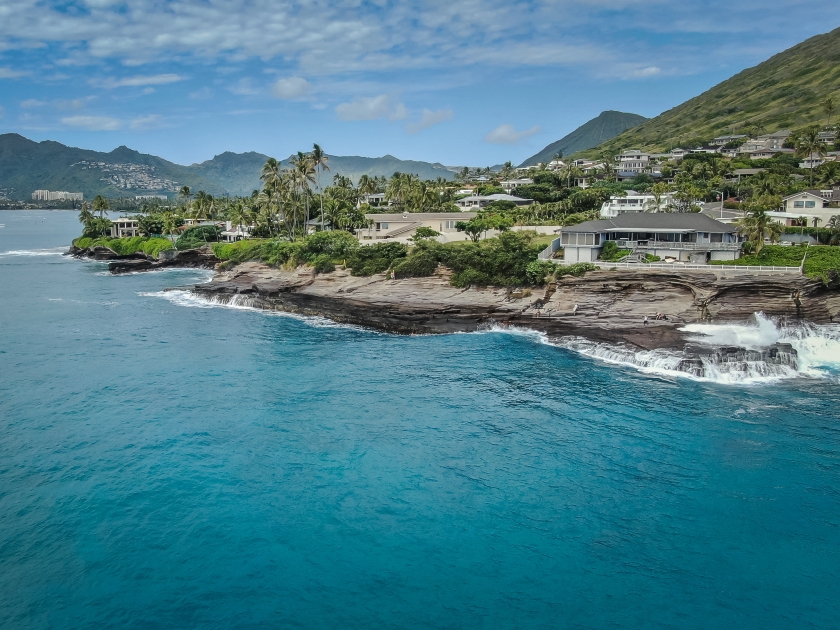
The Evocative Name and its Origins
The name “China Walls” in Hawaii may evoke images of an ancient, miniaturized Great Wall, but the reality is far more thrilling and natural. The moniker “China Walls” was bestowed upon the surf break by Richard Okita during a day of surfing, influenced by his knowledge of the Great Wall of China from history class. However, a common misconception today is that the term refers to the rocky cliffside, when in fact, it specifically designates the surf break itself.
Formation Over Millennia
China Walls’ dramatic landscape tells a captivating tale of geological evolution, shaped over 300,000 years ago by ancient lava flows. The rugged cliffs stand as a testament to fiery volcanic eruptions and the relentless erosion imposed by the Pacific Ocean. The native Hawaiians, who originally named the area Kapahulu, meaning “the projecting brow,” utilized the tide pools and caves for gathering food and held ceremonial activities at this stunning site.
Cultural Echoes and Legends
Legend has it that the mischievous Hawaiian shark god Kāne Miloha resides in the caves below China Walls, adding a layer of cultural significance and superstition to the area. Navigating this natural wonder requires a deep respect for the power of the ocean and an understanding of the local traditions that have been woven into the fabric of China Walls.
China Walls Today
In the present day, China Walls has evolved into a hotspot for experienced surfers seeking the thrill of challenging waves, particularly during the winter months. The juxtaposition of the thrilling surf breaks and the serene, historical landscape makes China Walls a unique destination that continues to attract those in search of both adventure and tranquility.
Things to Do
Surfing and Other Water Sports
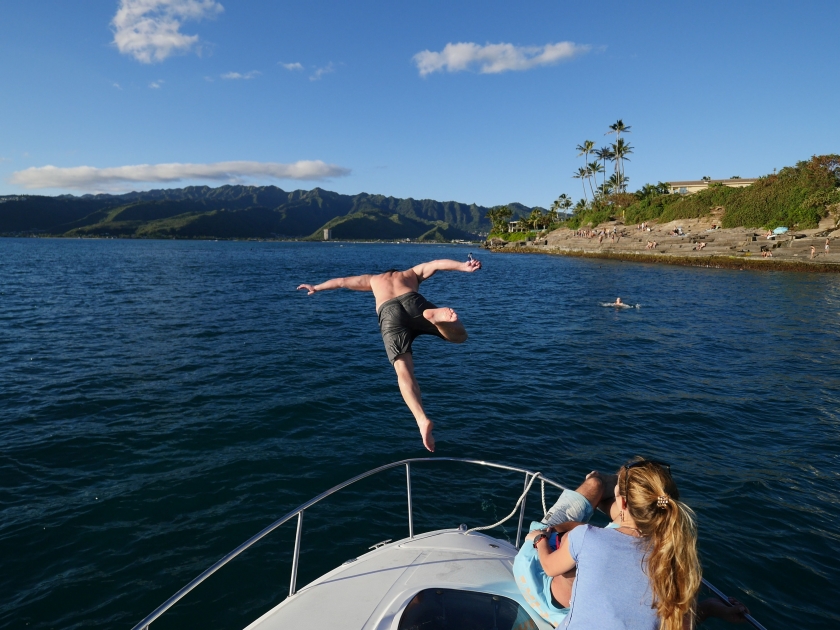
The China Walls, with their unique geographical formation, offer an excellent spot for surfing and other water sports. The powerful waves provide surfers with an adventurous ride, while the clear, blue water attracts snorkelers and free divers. However, these activities are recommended for experienced enthusiasts only, due to the potential risks associated with the strong currents and sharp rocks. Always be cautious and respect the power of the ocean. For those who prefer a more relaxed experience, simply watching the skilled surfers ride the waves can be both thrilling and inspiring.
Cliff Jumping
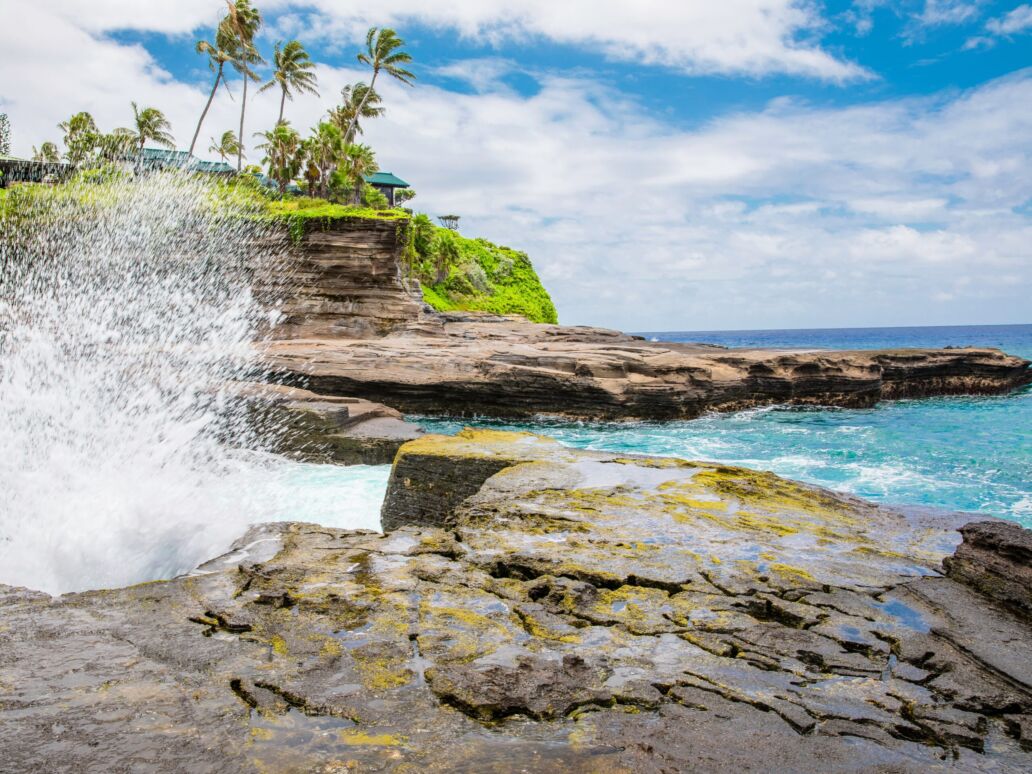
Cliff jumping emerges as a daring and exhilarating activity. China Walls boasts a variety of cliff heights. The flat, rocky ledges serve as perfect launching pads for those daring enough to leap into the crystal-clear Pacific waters below. The diverse range of heights allows individuals to choose their comfort level, ensuring that everyone can partake in the excitement.
Pro-tip: While the rush of adrenaline is undeniable, visitors are advised to exercise caution. The height of the walls and the force of the incoming waves can pose significant risks. It is essential to assess the sea conditions and understand one’s swimming capabilities before taking the plunge. Additionally, local advice is invaluable – experienced jumpers and regular visitors can often provide insights into the safest spots and times for jumping.
Sunbathing and Picnicking
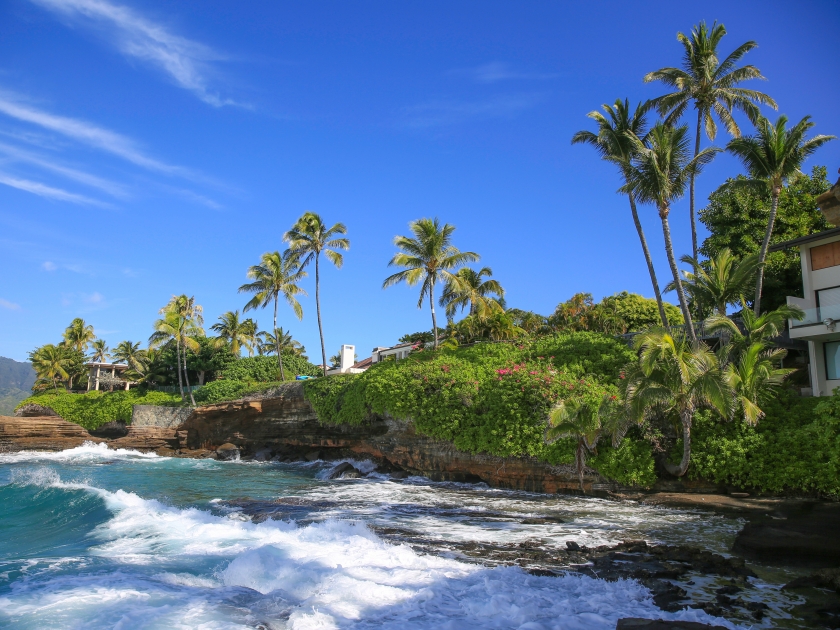
With its sprawling rocky domain, China Walls is an ideal location for those who wish to soak up some sun. Its natural, flat surfaces provide adequate space for sunbathing, allowing you to relax while listening to the rhythmic echo of crashing waves. The spot is also well-suited for picnicking, with the soothing backdrop of serene waters and the occasional rainbow making for a picture-perfect outdoor dining experience. However, visitors are reminded to pack out what they bring in, to maintain the cleanliness and integrity of this natural marvel.
Photography Opportunities
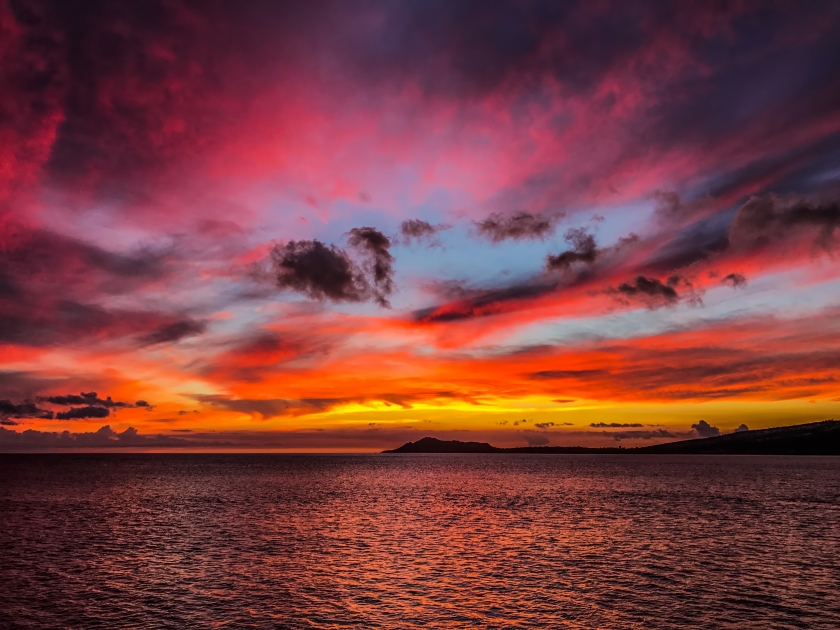
China Walls offers a plethora of opportunities for photography enthusiasts. The captivating setting sun, with its brilliant hues of orange and red, creates the perfect backdrop for landscape photography. At the same time, the dramatic waves and the rugged rock formations offer striking subjects for action and nature photography. Moreover, the area’s abundant marine life and picturesque coastal vegetation provide numerous opportunities for macro and wildlife photography. Not to mention, the panoramic view from the ledge serves as an outstanding spot for wide-angle and aerial shots, especially with the use of drones.
Tips for Visiting
- The area can be slippery. It’s advisable to wear shoes with good grip.
- High tides can make the area dangerous. It’s best to visit during low tide.
- Visitors are urged to respect and protect the area by not littering and by observing safety signs and guidelines.
- Do not venture too close to the edge or turn your back on the ocean, as the waves can be unpredictable.
- If you plan on swimming or cliff jumping, do so only if you’re an experienced swimmer and the conditions are calm. Always heed the warning signs and never swim alone.
- Remember to respect the local community by keeping noise to a minimum and leaving no litter behind.
- Be sure to take plenty of water, sunscreen, and a hat to protect yourself from the sun, especially during the hotter parts of the day.
- It’s important to note that there are no official parking spaces for visitors, so it’s advisable to find legal street parking in the nearby residential area.
Best Time to Visit
While China Walls can be enjoyed throughout the year, the best time to visit largely depends on the activities you’re interested in. If you’re keen on swimming or cliff jumping, the summer months from May to September offer the calmest ocean conditions. Surfers, on the other hand, might prefer the winter months for larger swells. Remember, safety should always be your priority, so always check local weather and tidal conditions before you visit. For those interested in a more relaxed experience, watching the sunset over the Pacific Ocean, at any time of the year offers a breathtaking and unforgettable spectacle. However, be sure to arrive early to secure a good spot as it can get crowded during the peak season.
Nearby Attractions
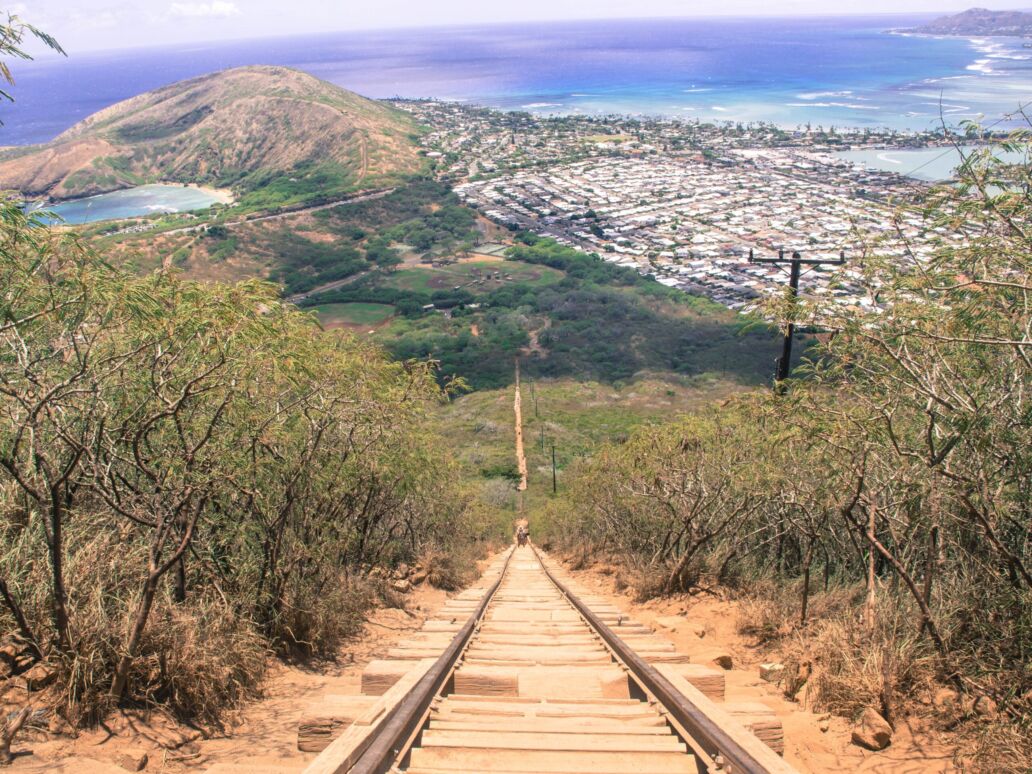
Just a short distance away, the Koko Crater Trail invites avid hikers to ascend its steep railway ties, offering a strenuous yet rewarding workout with panoramic views of Oahu’s coastline at the summit. Meanwhile, a short hike down a lava rock path from China Walls leads to the secluded paradise of Hanauma Bay, a protected marine sanctuary celebrated for its excellent snorkeling and swimming conditions.
Accommodation Options
For those planning to stay longer, there are numerous accommodation choices nearby. The Kahala Hotel & Resort offers luxury suites and rooms with stunning views of the Pacific. A more budget-friendly option is the Queen Kapiolani Hotel, located near Waikiki Beach, offering comfortable rooms and easy access to local attractions.
Frequently Asked Questions (FAQs)
The name “China Walls” is derived from the wall-like flat rock formation that extends into the ocean, resembling the Great Wall of China.
While the unique rock formations of China Walls make it an attractive spot for swimming and diving, it’s important to note that the area can be dangerous with rough seas and strong currents. Always assess the conditions and ensure you are experienced before entering the water.
China Walls is located in the Portlock neighborhood of Honolulu. It’s accessible through a public right of way off Lumahai Street. Parking is available on the nearby residential streets.
While cliff jumping is a popular activity at China Walls, it comes with inherent risks. It’s crucial to exercise caution, assess the water conditions, and be aware of the varying heights of the cliffs. Only jump from safe and designated areas, and always be mindful of changing ocean conditions to ensure a safe experience.
Yes, it’s important to respect local regulations and guidelines when visiting China Walls. Avoid littering, follow designated paths, and adhere to any posted signs. Respect the privacy of nearby residents, and be considerate of the natural environment. Additionally, stay informed about any specific rules set by local authorities.
China Walls is primarily a natural and undeveloped site, so there are limited facilities. There are no official restrooms or lifeguards on duty. Visitors are encouraged to bring their essentials, including water, sunscreen, and any other necessary items. Plan accordingly to ensure a comfortable and enjoyable visit to China Walls.
How to Get There
By Car
If you’re coming from Honolulu, head east on the H1 Highway until it becomes Kalanianaole Highway. Continue past Hanauma Bay and turn left onto Lunalilo Home Road. Take a right turn onto Kaumakani Street, followed by a right onto Lumahai Street. You’ll see a public right of way to the ocean between two houses. China Walls is located at the end of this path. Parking can be found on the nearby residential streets, but please be respectful of the local community.
By Bus
If you’re opting for public transportation, you can take bus number 22 (also known as the Beach Bus) from Waikiki. The bus runs every 30 minutes. Get off at the Koko Marina Center, which is a short walk from Portlock. From there, proceed to Lumahai Street and follow the right of way to the ocean to reach China Walls. Please note that bus schedules can change, so it’s a good idea to check the current schedule before your trip.
China Walls is an Unmissable Destination for Anyone Journeying to Hawaii
The grandeur of its natural architecture, reminiscent of the Great Wall of China, and the mesmerizing dance of waves breaking over the rocks, provide an exceptional spectacle of nature’s power and beauty. By visiting, you not only experience a remarkable natural wonder but also contribute to its preservation for future generations. China Walls undoubtedly deserves a spot on your Hawaiian bucket list.


